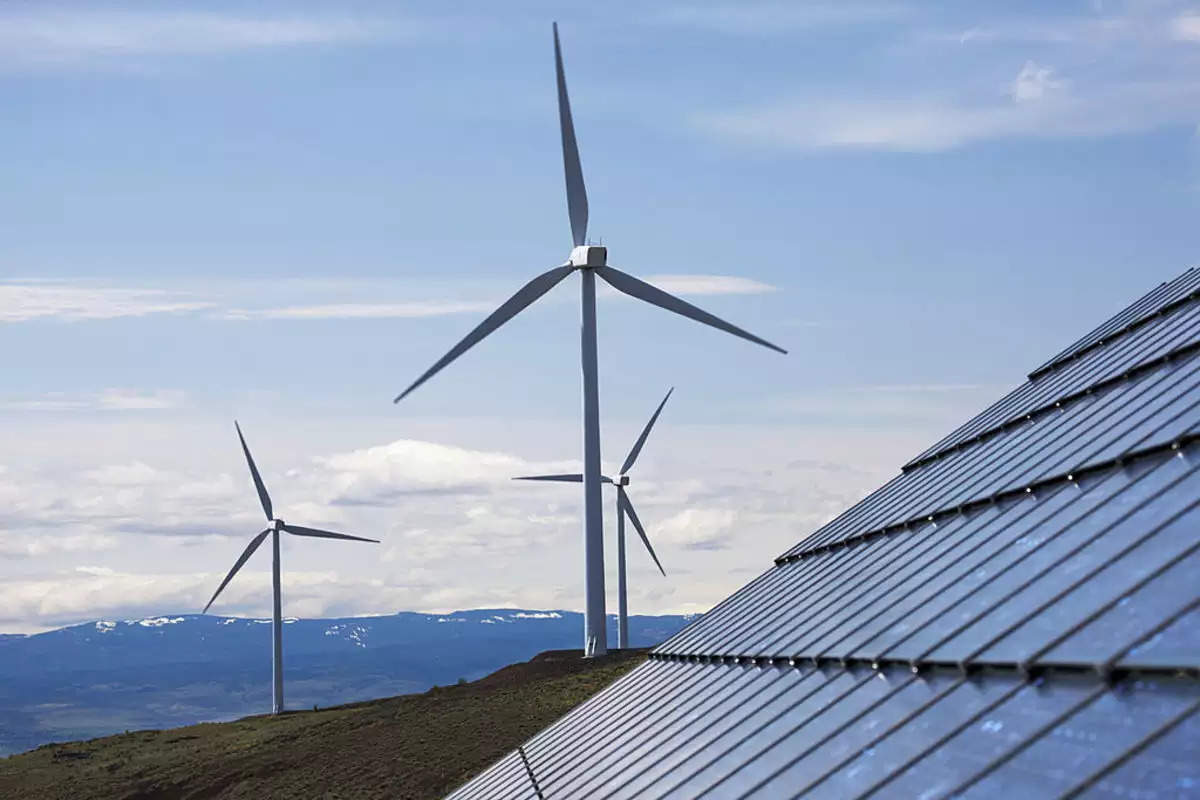
New Delhi: The share of solar and wind power energy in the generation capacity mix of the country has increased to 26 per cent as of March, 2023 from 9 per cent by the end of 2011-12, according to a latest report by the Central Energy Authority (CEA).
The report added that a renewable energy based capacity of 180.4 GW – 145.9 GW of solar and 34.5 GW of wind – is required by 2030 additional to the 117 GW – 92.5 GW of solar and 25 GW of wind – which is currently under the implementation stage.
“An additional capacity of 389-MW of large hydro capacity addition is prospectively required till 2030 apart from the capacity of 11,494 MW of hydro projects which are currently under construction for likely benefits during the period from 2022-23 to 2029-30,” said the report titled ‘Report on optimal generation mix for 2029-30’.
It said that the generation capacity mix has undergone significant changes since the time of independence with increased electricity demand in the country. The share of hydro capacity, which was about 26 per cent by the end of 2006-07, has come down to about 11 per cent by March, 2023.
As of March 2023, the installed capacity of the country was 415.4 GW, which comprises 236.68 GW from thermal, 6.78 GW from nuclear, and 171.8 GW from renewable energy sources. Of these clean energy capacity, 42.1 GW is from hydro, 66.8 GW from solar, 42.6 GW from wind, and 4.7 GW from small hydro.
The report said that India is likely to install 292,566 MW of solar capacity in 2029-30.
For solar energy, the under construction or bid out capacity for 2022-30 stood at 92,580 MW. This was in line with an assumption of a planned capacity of 117.58 GW of solar and wind as per information furnished by SECI and MNRE, the report said.
The all-India energy requirement offset due to solar rooftop and solar pump installation has been estimated as 34.8 billion units (BU) and 2.4 BU, respectively, in 2029-30.
An additional energy requirement for the country on account of green hydrogen production of about 10 million tonnes has been estimated as 250 BU by FY30, the report added.
The projected All India peak electricity demand and electrical energy requirement is 334.8 GW and 2,279.7 billion units for 2029-30.
The installed capacity by the end of 2029-30 projected is 777,144 MW.
This consists of 53,860 MW of hydro, 18,986 MW of pumped storage hydro, 5,350 MW of small hydro, 2,51,683 MW of coal, 24,824 MW of gas, 15,480 MW of nuclear, 2,92,566 MW of solar, 99,895 MW of wind, and 14,500 MW of biomass along with a battery energy storage capacity of 41,650 MW/208,250 MWh.
“With this installed capacity, the NDC commitment given by India – the percentage of non- fossil fuel capacity in the total installed capacity is to be 50 per cent by 2030 – is likely to be met,” said the report.
The report said that integrating high shares of renewable energy, which is inherently variable and non-dispatchable, brings with itself the challenge of increased flexibility requirements in the grid. Hence, to accommodate the variability and uncertainty of generation from RES, the conventional generating plants must be made flexible.


